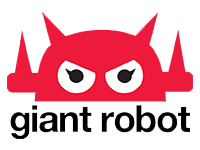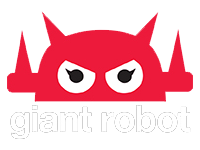Giant Robot Store and GR2 News
The English publication of Haruki Murakami’s novel, 1Q84, is beyond the horizon and the literary world is abuzz with excitement. As the name suggests, it takes place during 1984, a curious contemporary setting given that this was the same decade where Murakami’s career took flight. As many economic historians know, it’s also a period where Japan’s economic wealth was at its height before their economic bubble burst and a recession stretched past the turn of the millennium. Writers and historians stress the monetary decadence of the 1980s, but there was more than just productional consumption at play. A closer look into the country’s “consumption of knowledge” reveals a lesser known account of Japan’s “intellectual” trends of the time and where Murakami fit into the picture.
Murakami wrote a collection with Shigesato Itoi titled Yume de Aimashou (Let’s Meet in a Dream) in 1981. Gamers are quick to recognize Itoi as the director of the Earthbound (Mother 2) video game. However, Itoi was renowned for neither work during his prime. It’s his position as a copywriter that made Itoi a national celebrity–a Japanese Don Draper if you will–in the 1980s. Itoi’s unlikely ascent to superstardom offers a greater insight towards Japanese commercial life during this decade and further aids us in understanding Murakami’s popularity–or what some have deemed the “Murakami Phenomenon.”




